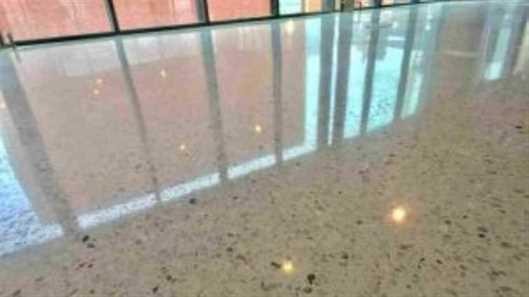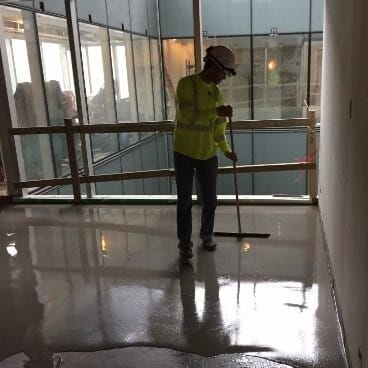
There’s a passage from a Terry Pratchett novel that goes something like this: the reason the rich are rich is because they can afford high-quality boots. The poor buy low-quality boots, the soles wear out, and they have to buy another pair in 6 months; the high-quality boots, though, last years and years. While in the books, the passage is used to illustrate the vicious circle of poverty, here we’re using it to illustrate an entirely different (but tangentially relevant) point: cheaper isn’t always better.
Bare concrete is cheap, relative to other flooring options. It’s not polished, it’s not treated with coatings that can help protect it from humidity, temperature fluctuations or corrosions; it’s the cheap pair of boots. While it might seem like bare concrete is the most cost-effective option, it’s the hidden costs of rework and repair that will end up draining your wallet in the long run.
Bare concrete has quite a few flaws in terms of its practical qualities as compared to concrete that’s been treated with coating and polishing. The things you can do with coating are truly incredible, and depending on what industry your building will be housing, a wide array of customizations are possible. For buildings with sensitive electronics, antistatic coatings can be put on the flooring, potentially saving you many a dollar in costs for data recovery and new computers. Coatings can also be applied that give concrete anti-corrosive qualities, helping reduce the impact of salts, acids and moisture.
Polished concrete has a number of advantages in terms of safety, as well. Bare concrete is porous, and bacteria and other microbes can quickly build up, leading to sickness. Concrete that hasn’t been properly sealed, coated and polished is also quite slippery when wet; slip and trip accidents are some of the most common workplace dangers, so preventing them can not only save money, it can save lives. Bare concrete can also get pretty dusty as machine and foot traffic wear it down; that dust can creating breathing problems, especially in folks with asthma or allergies.
Aesthetically, bare concrete isn’t much to look at. It absorbs most light, while polished concrete has a more reflective surface; that means you’ll have to spend more on lighting, and the light that you get won’t be nearly as nice. Polished concrete can also be any number of patterns and colours, while bare concrete is just a dull, greyish colour; not nearly so exciting, which is especially problematic if your building is client-facing. Even if it’s not, your employees might grow tired of grey on grey pretty quickly; give them a morale boost and add a bit of colour and safety!
There are so many advantages to finished concrete that there’s no doubt it will save you money over time; better employee performance and safety, a better look for clients, better security for your equipment and more durable flooring make for an obvious choice. For polished concrete, contact a qualified concrete polishing company; they’ll discuss the coating and pattern options with you and create a beautiful, functional floor for your building.

